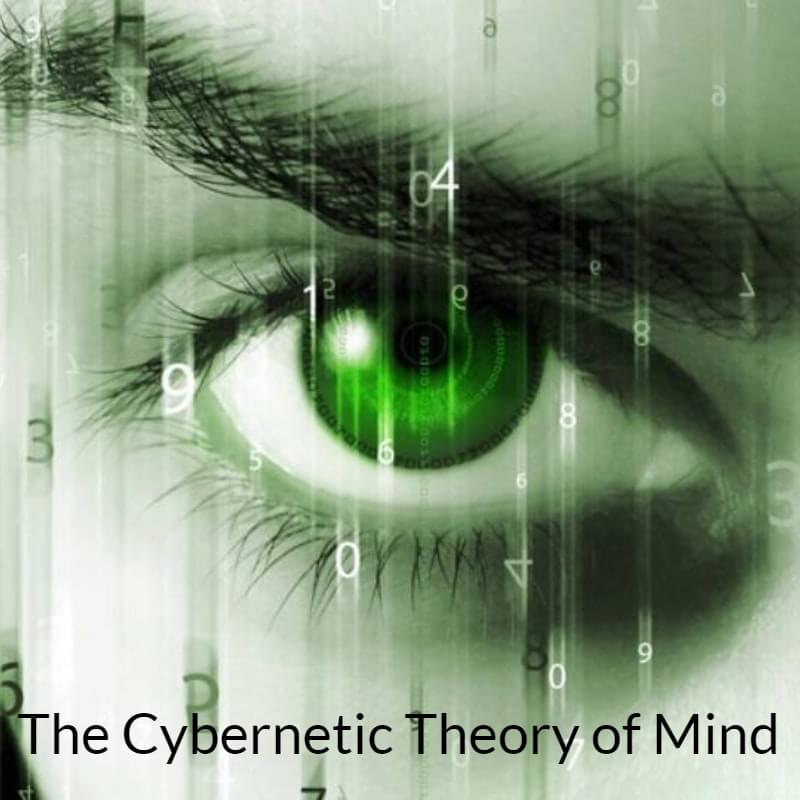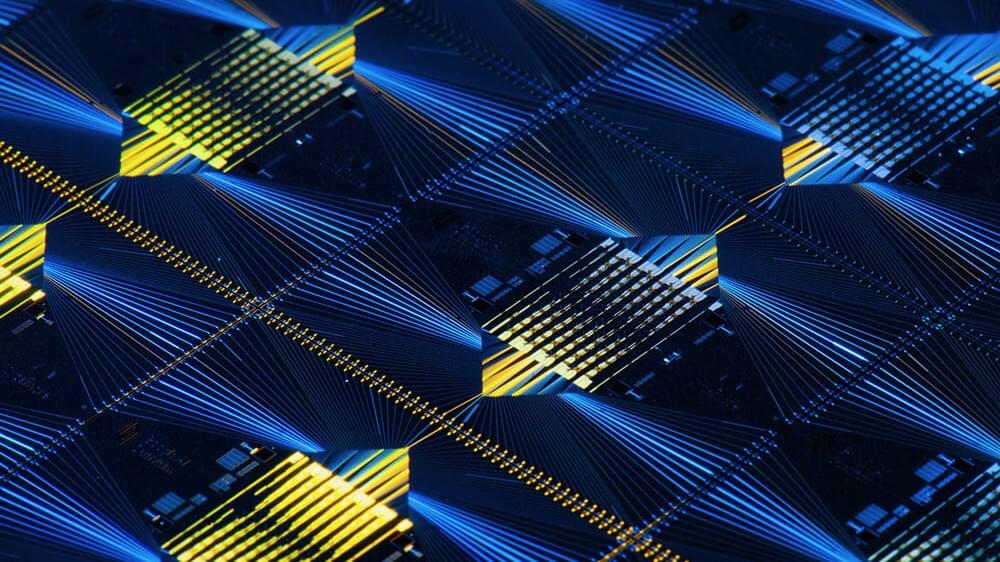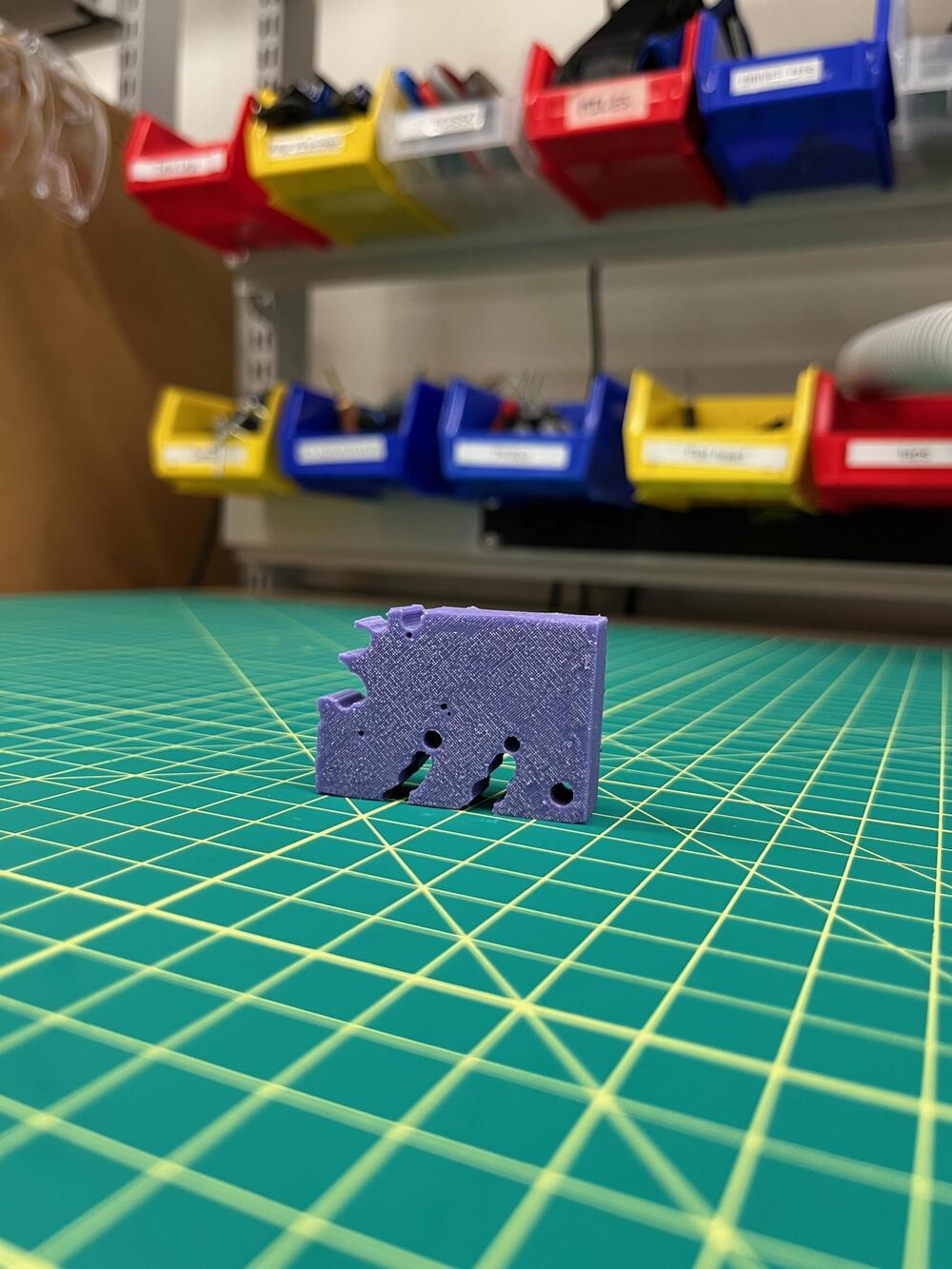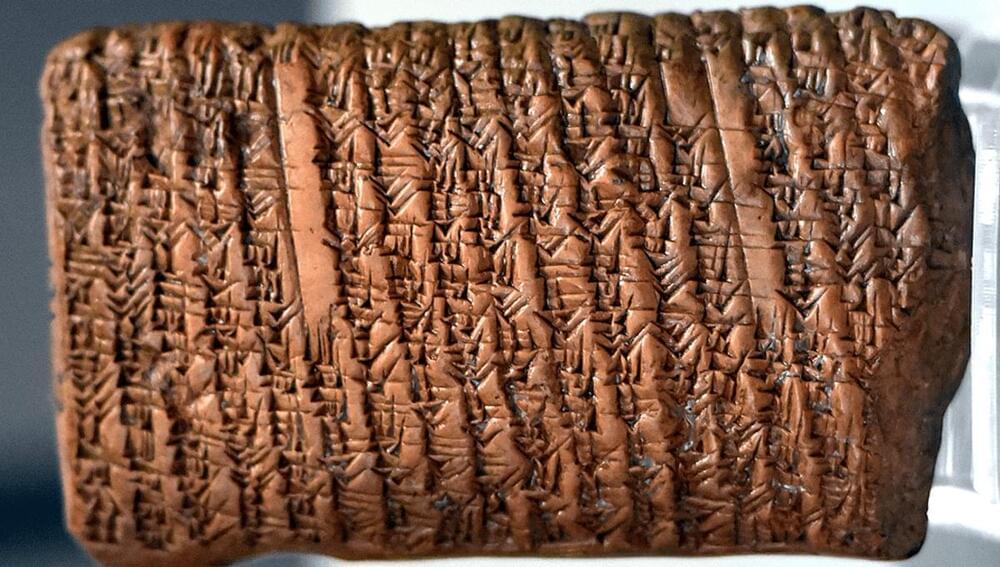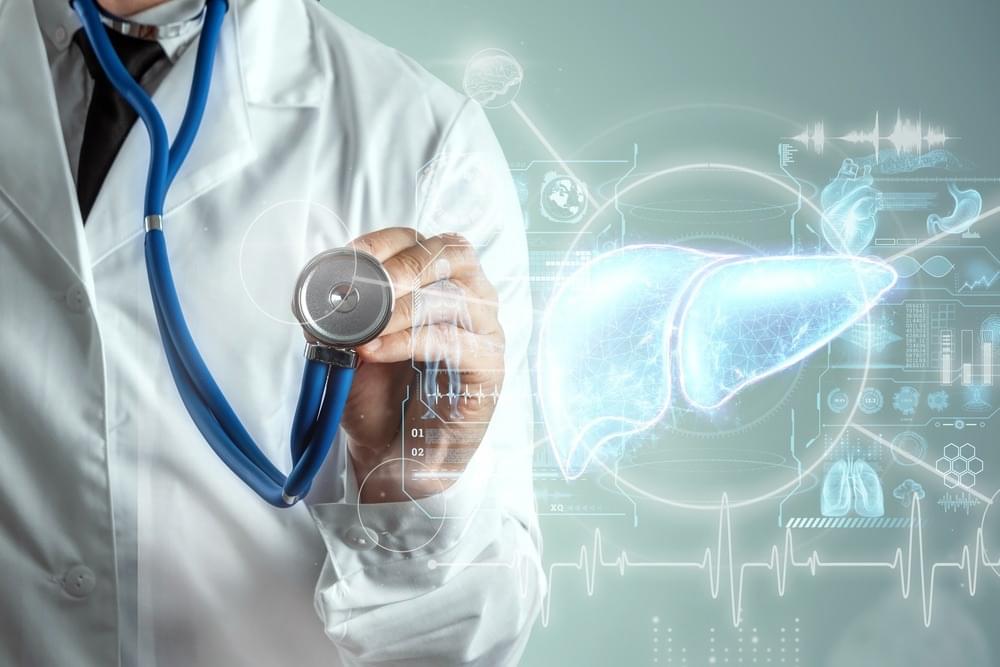For more information on liver cancer treatment or #YaleMedicine, visit: https://www.yalemedicine.org/stories/artificial-intelligence-liver-cancer.
With liver cancer on the rise (deaths rose 25% between 2006 and 2015, according to the CDC), doctors and researchers at the Yale Cancer Center are highly focused on finding new and better treatment options. A unique collaboration between Yale Medicine physicians and researchers and biomedical engineers from Yale’s School of Engineering uses artificial intelligence (AI) to pinpoint the specific treatment approach for each patient. First doctors need to understand as much as possible about a particular patient’s cancer. To this end, medical imaging techniques such as computed tomography (CT) and magnetic resonance imaging (MRI) are valuable tools for early detection, accurate diagnosis, and effective treatment of liver cancer. For every patient, physicians need to interpret and analyze these images, along with a multitude of other clinical data points, to make treatment decisions likeliest to lead to a positive outcome. “There’s a lot of data that needs to be considered in terms of making a recommendation on how to manage a patient,” says Jeffrey Pollak, MD, Robert I. White, Jr. Professor of Radiology and Biomedical Imaging. “It can become quite complex.” To help, researchers are developing AI tools to help doctors tackle that vast amount of data. In this video, Julius Chaprio, MD, PhD, explains how collaboration with biomedical engineers like Lawrence Staib, PhD, facilitated the development of specialized AI algorithms that can sift through patient information, recognize important patterns, and streamline the clinical decision-making process. The ultimate goal of this research is to bridge the gap between complex clinical data and patient care. “It’s an advanced tool, just like all the others in the physician’s toolkit,” says Dr. Staib. “But this one is based on algorithms instead of a stethoscope.”

